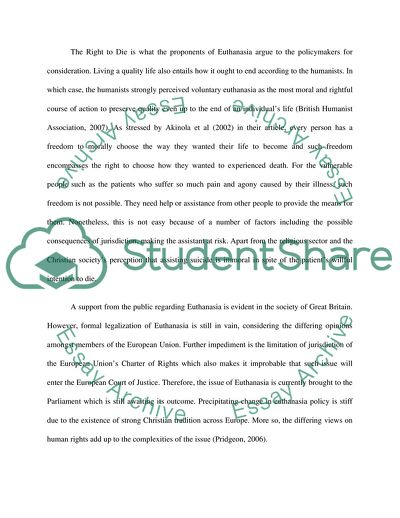Cite this document
(Is Active Euthanasia a Medical Negligence or Assisted Dying Assignment, n.d.)
Is Active Euthanasia a Medical Negligence or Assisted Dying Assignment. Retrieved from https://studentshare.org/health-sciences-medicine/1724088-medical-negligence-malpractice
Is Active Euthanasia a Medical Negligence or Assisted Dying Assignment. Retrieved from https://studentshare.org/health-sciences-medicine/1724088-medical-negligence-malpractice
(Is Active Euthanasia a Medical Negligence or Assisted Dying Assignment)
Is Active Euthanasia a Medical Negligence or Assisted Dying Assignment. https://studentshare.org/health-sciences-medicine/1724088-medical-negligence-malpractice.
Is Active Euthanasia a Medical Negligence or Assisted Dying Assignment. https://studentshare.org/health-sciences-medicine/1724088-medical-negligence-malpractice.
“Is Active Euthanasia a Medical Negligence or Assisted Dying Assignment”. https://studentshare.org/health-sciences-medicine/1724088-medical-negligence-malpractice.


